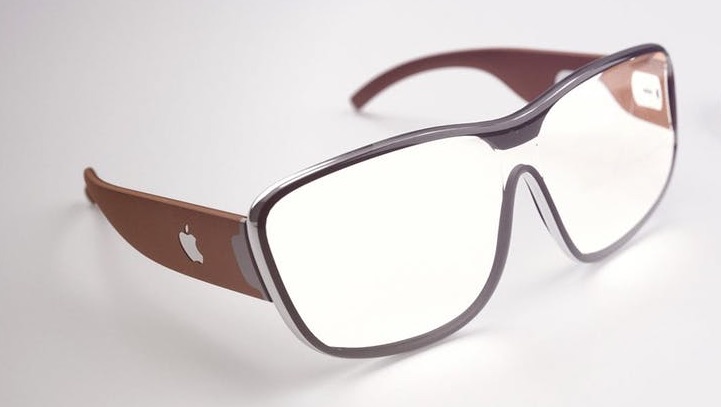In this post we would like to pass on to you some intriguing thoughts by digital creative & AR advocate in Helsinki — Tan Lay, pointing out 2 things we need to ensure omnipresence for AR.
Today we can safely say that mobile internet is ubiquitous. And the reason we all use internet on our phones is because:
- It’s there.
- It’s easy to use.
Those 2 conditions always need to be met before the masses adopt any new technology.
For instance, in 1989, mobile internet was:
- Not there,
- (therefore) not easy to use.
In 2004 it was there in some form but it was not very easy to use, it was not very inviting. Sure, you could have purchased a bouquet of flowers through your phone’s internet but for most people, it was easier to just make a voice call to the florist.
Where is Augmented Reality in 2019 in terms of meeting those requirements? I’d argue that:
- It’s almost there.
- It’s almost easy to use.
In order for AR to really count has being ‘everywhere,’ we need the AR Cloud. And in order for AR to be easy to use, we need it to be wearable, and handsfree. So those are the two things missing before AR can truly become ubiquitous.
The AR Cloud
What is the AR Cloud and why do we need it? Similar to existing storage clouds that you upload your photos and documents to, the AR Cloud will be a large, shared data storage system with the difference being that it will add spatial data. And spatial data is the extra information needed to attach digital content to physical real world coordinates, allowing for instance, a person’s resume to appear above their head and float along with them.

Unlike location data based on GPS, the AR Cloud will deliver information that can pinpoint objects with greater precision at ground level. In order to provide a truly useful AR experience, the apps will need to use information such as your exact position – not in your city but in your room, the precise real-time location of nearby objects as well as the direction your camera is pointing at and how it’s moving.
Building the AR Cloud should not be a problem – if we learn to work together. And together we must work because we’re dealing with a continuously developed, living, breathing, infrastructure that will evolve over decades. It’s incumbent on everyone to collaborate. And along with the giants there are currently some ambitious startups doing just that. Ubiquity6 and Sturfee from San Francisco, Scape Technologies from the UK and our own Immersal from Helsinki, Finland are among the exciting new companies with big visions to change the world as we know it.
After recently seeing scientists around the world coordinate a planet-scale array of 8 telescopes and process terabytes of data to bring humanity a look at an object millions of lightyears away, we can be hopeful that there will be a unified AR Cloud coming soon to a device near you.
Speaking of devices – we need to look at hardware developers to meet the second requirement of Ubiquitous AR.
Ease of Use = Useable Hardware
Today we have the AR technology that allows us to see Pikachu in the backyard and instantly apply a number of make-up styles, mustaches and hats to our face. Come to think of it, we have more than enough technology to display almost anything anywhere through mobile devices. By any measure, we can see that the mobile augmented reality market has been growing at an incredible pace and will continue to do so.
True ubiquity will be achieved when headsets and glasses become as easy to use as mobile phones.

Magic Leap One and Microsoft HoloLens 2 both achieve tremendous new technological advancement. Smaller companies like North, Vuzix, Solos and ODG are also bringing a lot to innovation the table. In addition, there are substantial rumors of Apple changing the game by bringing a consumer AR headset to the market this year. The technical obstacles to improve contrast, fidelity, field of view are being overcome with every passing day. All we’re waiting for now for lightweight, comfortable headsets that we don’t notice we’re wearing.
Just like with the AR Cloud, the goals and obstacles have been identified. We know how to get there. We just haven’t arrived yet.
To me, there is no doubt that we will.

